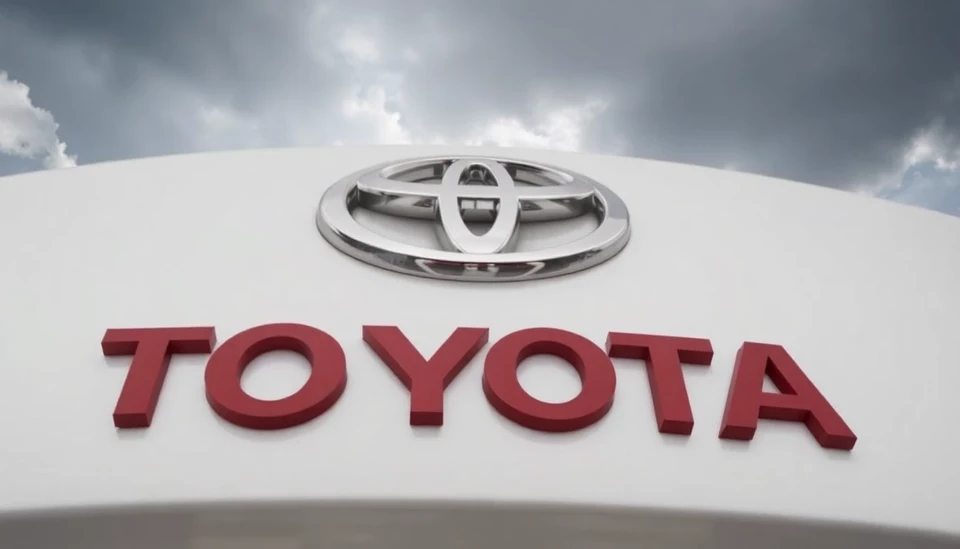
Toyota has found itself in a challenging position as its vehicle sales stagnate, largely due to a combination of operational glitches in manufacturing and a noticeable dip in consumer demand. This slowdown comes at a time when the global automotive industry is rife with competition and shifting consumer preferences, further complicating Toyota's efforts to maintain its market presence.
The slowdown in sales has been attributed to various factory-related issues that have hindered production efficiency. These operational hurdles have impacted the company’s ability to replenish dealer inventories, leading to a frustrating backlog and delayed deliveries. As a result, many dealerships have found themselves with limited stock, compelling them to scale back on orders and promotions.
Moreover, this stagnation in vehicle demand coincides with broader economic factors that are influencing consumer purchasing power. Rising interest rates and inflation have made financing vehicles less appealing for many buyers, effectively dampening the overall appetite for new car purchases. Toyota is not alone in facing these challenges, but the combination of external pressures and internal production complications has resulted in a particularly tough situation for the automaker.
Experts suggest that Toyota must reassess its strategies to regain traction in the market. This may involve re-evaluating its supply chain processes to enhance resilience against future disruptions. Additionally, there may be a need to innovate in product offerings, focusing on electric vehicles (EVs) and hybrids as consumer preferences increasingly lean towards sustainability and eco-friendliness.
Despite the current slump, Toyota’s long-standing reputation for reliability and quality offers a foundation to build upon. The company is known for its ability to adapt, and hence stakeholders remain hopeful that it will navigate through these challenges with effective adjustments to its operation and sales strategies.
In the coming months, analysts will be closely monitoring how Toyota responds to its production setbacks and consumer demand shifts. The automotive landscape is continually evolving, and Toyota’s ability to adapt to these changes will be crucial in determining its future success and growth in the market.
In conclusion, the automotive giant’s current predicament underscores the intricate balance between manufacturing efficacy and market demand. As Toyota endeavors to rectify these issues, its journey will serve as a case study for the industry, shedding light on the consequences of production challenges in a fast-paced, demanding economic environment.
#Toyota #AutomotiveIndustry #SalesStagnation #ManufacturingGlitches #ConsumerDemand #ElectricVehicles #MarketChallenges #SupplyChain #FinancialTrends
Author: Samuel Brooks




